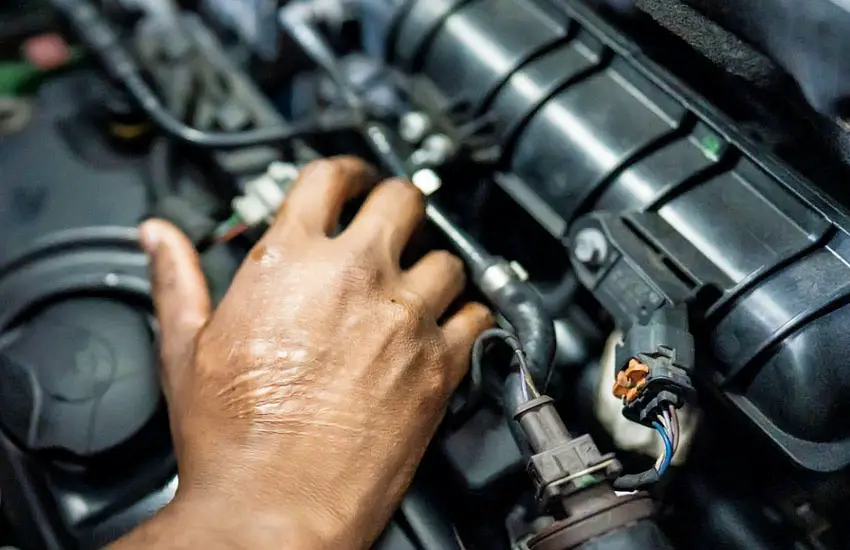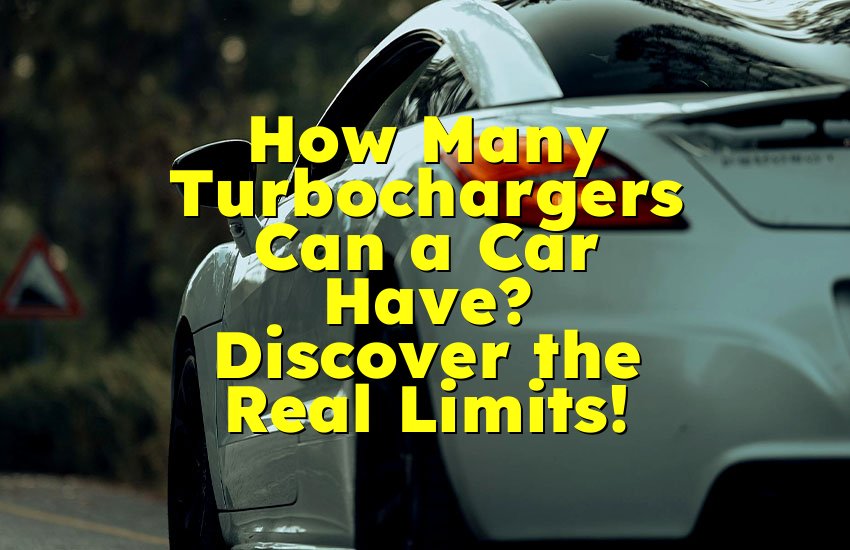As an Amazon Associate, I earn from qualifying purchases at no extra cost to you.
Where is the Starter Located in Your Car: A Beginner’s Guide
You might be wondering, where is the starter located in your car? The starter is a small but important part that helps get your engine running. It usually hides near the bottom of the engine, where it connects to the battery and the flywheel. Knowing where the starter is can help you when something goes wrong, like if your car won’t start. In this post, we’ll guide you through finding it and understanding its job in your vehicle.
Understanding the Starter’s Function
What is the Starter?
The starter is an important part of your car. It helps the engine start running. When you turn the key in the ignition or push the start button, the starter gets power from the battery. This power helps the engine begin its work. Without the starter, your car will not start.
How Does the Starter Work?
When you start your car, electricity flows from the battery to the starter. The starter then spins a small motor inside it. This motor turns a gear that connects to the engine. As the gear turns, it moves the engine. This movement makes the engine start. Once the engine is running, the starter does not need to work anymore. It stops spinning, and the engine takes over.
Why is the Starter Important?
The starter is very important because it is the first step in starting your car. If the starter is not working, your car will not start at all. This can be very frustrating, especially when you are in a hurry. It is a good idea to check the starter if you notice any problems when starting your car. A working starter helps keep your car running smoothly and reliably.
The Location of the Starter in Your Car
Now, let’s talk about where to find it. The starter is usually near the bottom of the engine, close to where the transmission meets the engine. Here are some tips to help you find it:

For Front-Engine Cars
If you want to find the starter in a front-engine car, it's pretty easy if you follow these steps. First, you need to open the hood of your car. This is the large door at the front that covers the engine. When you lift the hood, you will see the engine bay, which is where the engine and other parts are located. Be sure to secure the hood so it stays open while you work.
Next, you should look near the engine block. The engine block is a big part of the engine where most of the engine's work happens. The starter is usually found on the side of this block. It often looks like a small, round part with wires connected to it. These wires bring electricity from the battery to the starter. If you see something that looks like a cylinder or a small round piece, that might be the starter.
Sometimes, you might not be able to see the starter from the top. If that happens, you may need to check underneath the car. To do this safely, make sure the car is on a flat surface and turn off the engine. You can use a flashlight to help you see better.
Get down low and look under the engine. The starter could be mounted lower down, close to where the engine meets the transmission. The transmission helps send power from the engine to the wheels, so the starter is often located near this area.
By following these steps, you should be able to find the starter in your front-engine car. Remember to be careful when working around the engine and other parts of the car. If you have any trouble, asking a mechanic for help is always a good idea. They can show you exactly where the starter is and how to check it if needed.
For Mid-Engine Cars
Finding the starter in a mid-engine car is a bit different from front-engine cars. In mid-engine cars, the engine is located behind the seats, which is why you have to access a different area. Start by opening the rear compartment. This is the space behind the seats where the engine is hidden. It usually has a cover or door that you can lift up or open.
Once you have the rear compartment open, you will have a better view of the engine. Take a moment to look around and get familiar with the engine’s layout. The starter is typically mounted close to the engine. Look for a small, cylindrical part. It may look like a round piece of metal with wires attached to it. These wires are important because they carry electricity from the battery to the starter.
When you locate the starter, check for any signs of wear or damage. Sometimes the starter can have dirt or oil on it, which is normal. However, if you see broken wires or rust, that could be a sign that the starter needs attention.
If you cannot find the starter easily, do not worry. You might need to move some parts or look from different angles. Using a flashlight can help you see better in the tight spaces of the rear compartment.
Remember to be careful when working near the engine. If you are unsure about anything, it is always a good idea to ask a mechanic for help. They can show you where the starter is and how to check if it is working correctly. By following these steps, you can successfully locate the starter in your mid-engine car and ensure it is in good condition.
Checking the Starter
Once you find the starter, it can be helpful to check its condition. Look for any signs of damage, like corrosion or loose wires. If you are having trouble starting your car, the starter could be the issue.
I hope this guide helps you find the starter in your car. Knowing where the starter is located can make it easier to check if it is working well. If you have any trouble, don't hesitate to ask a mechanic for help. A good starter is important for keeping your car running smoothly.
Are These Questions in Your Mind?
Is it normal for the starter to make a clicking sound?
Yes, it is normal for the starter to make a clicking sound if it is not getting enough power. This often means the battery is weak or dead.
Can a bad starter drain the battery?
Yes, a bad starter can drain the battery. If the starter is stuck or not working properly, it may use more power than usual.
Do I need to replace the starter if my car won’t start?
Not always. If your car won’t start, it could be a battery issue or other problems. Check the battery and connections first before replacing the starter.
Is it safe to drive a car with a failing starter?
No, it is not safe to drive a car with a failing starter. It can leave you stranded if the engine doesn't start.
Can I test the starter myself?
Yes, you can test the starter yourself with a multimeter to check for power. However, be cautious and make sure the car is off before doing any tests.
Do I need special tools to replace the starter?
Yes, you usually need basic tools like wrenches and screwdrivers to replace the starter. Some cars may require special tools for specific parts.
Is it easy to access the starter in all cars?
No, accessing the starter can be different for each car. Some starters are easy to reach, while others may require removing other parts.
Can a faulty starter cause other engine problems?
Yes, a faulty starter can lead to other engine problems if not fixed. It can cause the engine to struggle to start and may damage other components.
Do I have to take my car to a mechanic for starter issues?
Not always, but it can be helpful. If you are unsure or uncomfortable working on your car, it's best to consult a mechanic.
Is it possible for a new starter to be defective?
Yes, it is possible for a new starter to be defective. Always buy from a reliable source and check warranties before purchasing a new starter.











